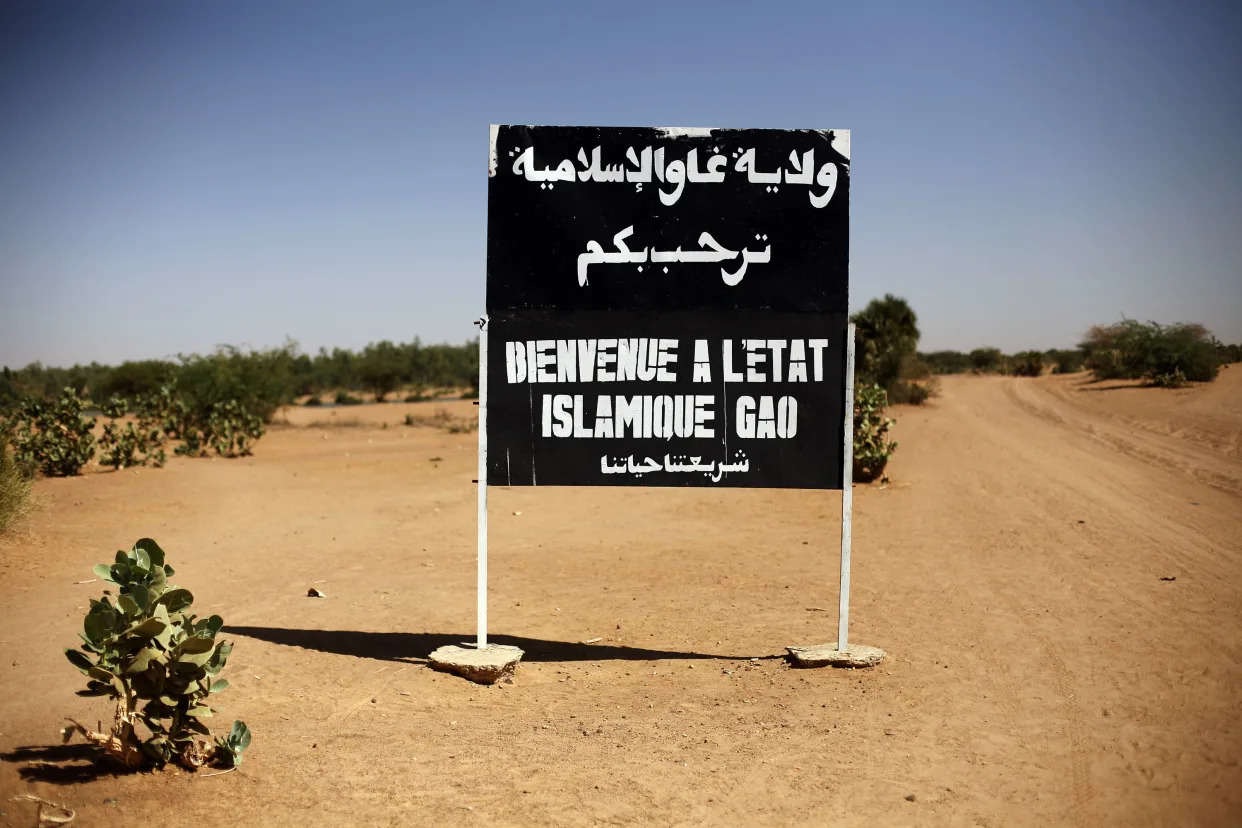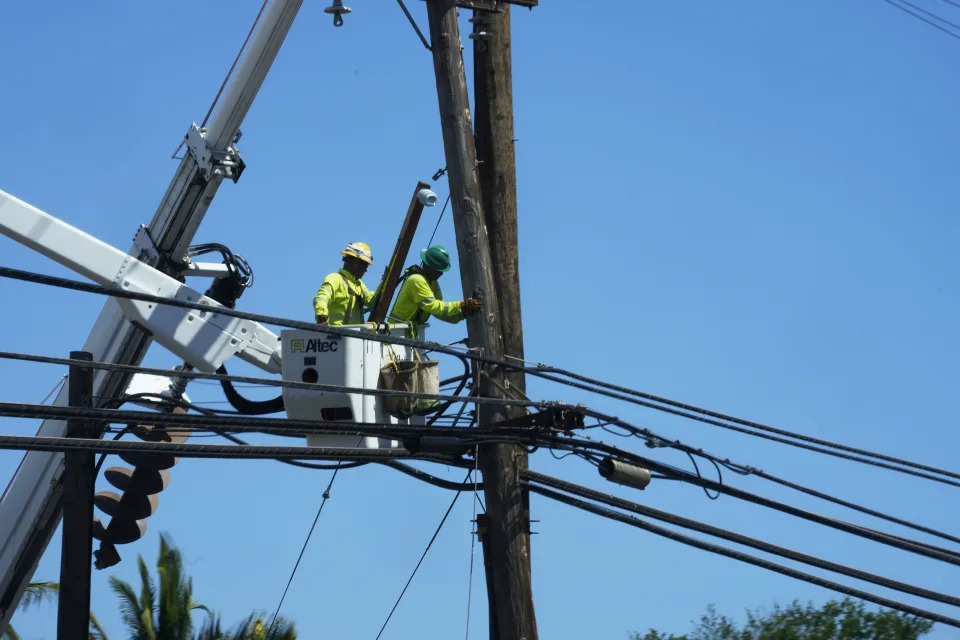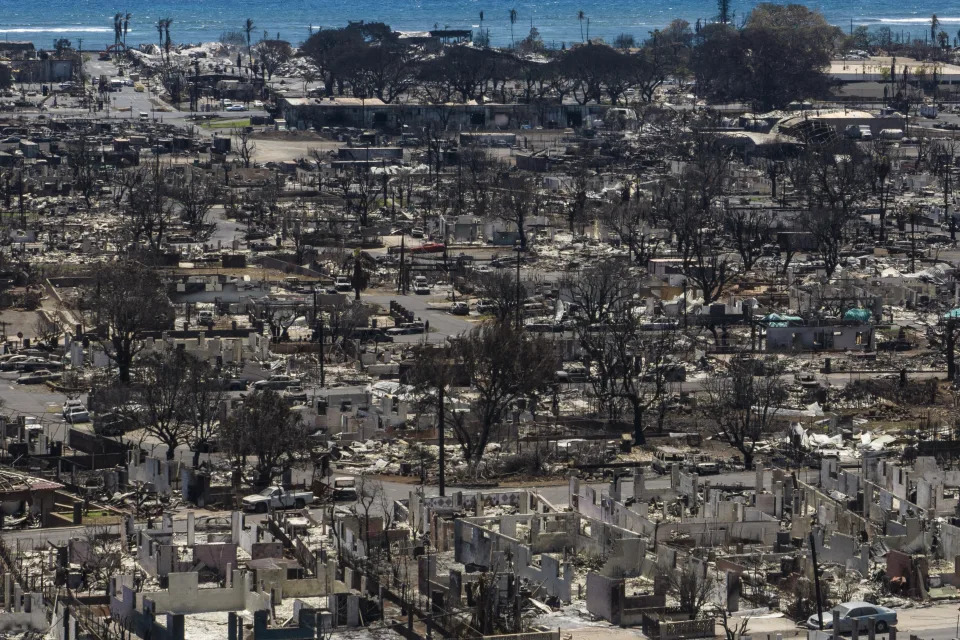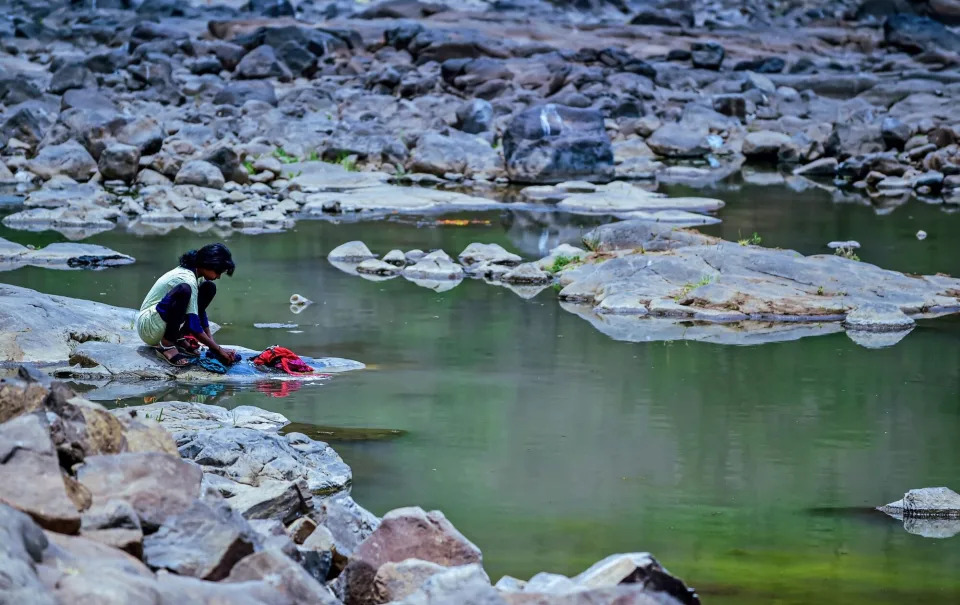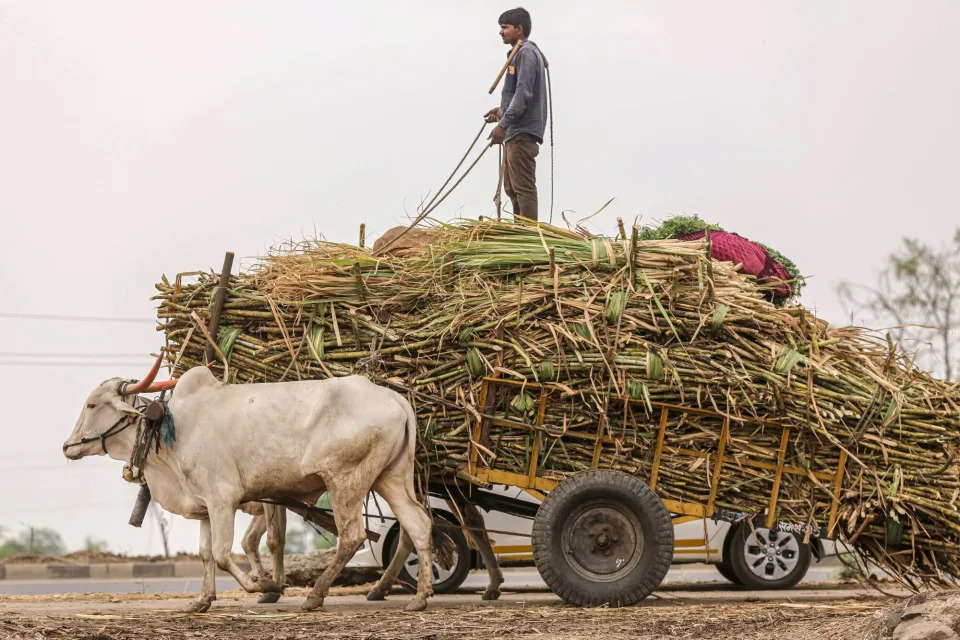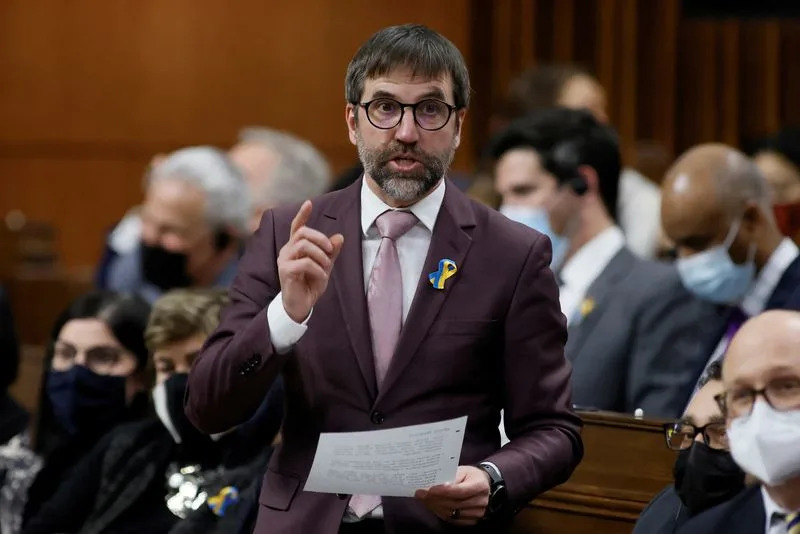Jacqueline Charles
Sat, August 26, 2023
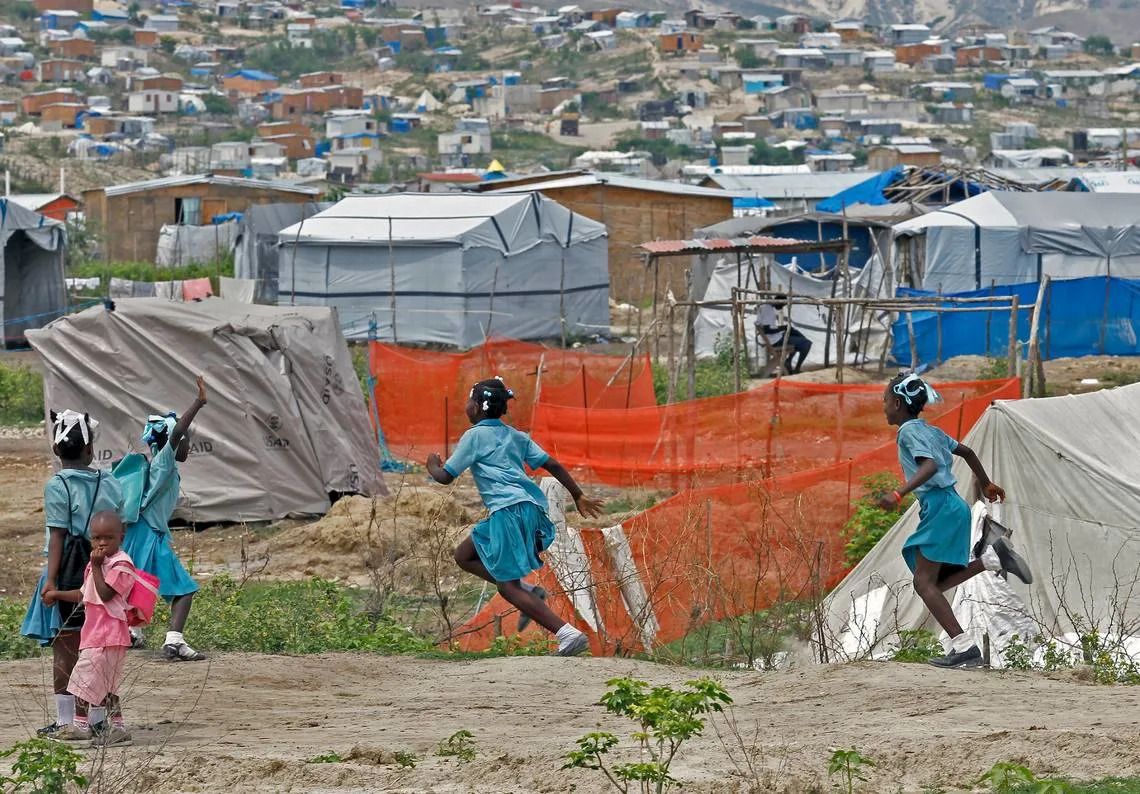
CARL JUSTE/Miami Herald File
Several worshipers in Haiti were shot and killed Saturday when their decision to fight back against an armed gang took a deadly turn.
The individuals were among hundreds of church faithful who marched on a gang controlling the expansive post-earthquake settlement of Canaan located at the edge of Port-au-Prince. Dressed in yellow T-shirts and led by their pastor, Marcorel “Marco” Zidor, they set out against the gang and their leader “Jeff” with nothing more than machetes and sticks in their hands.
Later, images shared on social media showed the group being shot at and their bloodied bodies on the ground. Another video circulated of three captured marchers on their knees being interviewed supposedly by one of the gang members about their march.
A spokesperson for the Haiti National Police did not immediately respond to questions from the Miami Herald about the incident and reports that police had accompanied the march part of the way.
Pierre Esperance of the National Human Rights Defense Network, Marie Yolène Gilles of the Eyes Wide Open Foundation and Gédéon Jean of the Center for Analysis and Research in Human Rights, all confirmed that marchers were killed and others were injured. While Esperance and Gilles, who had been following the march through live footage on Facebook, said they did not yet have a tally on casualties, Jean said at least seven people died during the mayhem when heavily armed gang members opened fire on the group.
“There are several who are injured and others who are missing,” he said. The fate of “Pastor Marco,” Jean said, remained unknown.
He and his fellow human rights defenders criticized the comportment of the Haitian national police, which they said allowed the churchgoers to carry out a demonstration against a gang notorious for carrying out massacres and just last week warned of its intentions to shut down the last remaining open road connecting the capital to the northern regions of the country.
“You grab machetes to go attack an armed gang? The police should have blocked them,” said Jean, who also took issue with the pastor’s “irresponsible” act.
Still, he noted that the ongoing escalation in gang violence, which has turned Port-au-Prince into a war zone in recent weeks, has led to widespread desperation among Haitians.
Pasteur Marco mete tèt li sou kanaran nan moman Map pale la avèk tout fidèl li yo pou yal bay nèg ak zam yo bwa kale nou poko konnen koman sa pral pase rete Branche pic.twitter.com/ZTX7sZhsg2
— radio Independante fm (@independante_fm) August 26, 2023
Since April, Haitians have increasingly been taking justice into their own hands, launching a “self-defense” movement known as “Bwa Kale” where they’ve carried out lynchings against suspected gang members. The United Nations has said that at least 350 people, including 310 alleged gang members and a police officer, have been killed as part of the rise in vigilante justice across the country.
“The people are in a desperate situation and they are seeing if they can defend themselves,” Jean said. “They know the police cannot help them and all the international community is doing is holding meetings to discuss the problem but they are not giving the police the means to help.”
Jean Loobentz Cesar
Sat, August 26, 2023

People fleeing from gang violence, in Port-au-Prince
By Jean Loobentz Cesar
PORT-AU-PRINCE (Reuters) - Hundreds of people are crammed into small white tents in the courtyard of a sports center in the Haitian capital, Port-au-Prince, drying clothes on the access ramps and washing their children in small, plastic tubs.
Some 8,730 people have been displaced around the heavily populated neighborhood of Carrefour-Feuilles, according to U.N. estimates on Saturday, more than half due to a fresh outbreak of violence two days earlier.
Residents began moving out of the area en masse from Aug. 12, when armed gangs mounted their attacks on the area.
Under-resourced police have struggled to fight off the armed groups which now control large parts of the capital, their turf wars driving a devastating humanitarian crisis that has displaced around 200,000 nationwide.
Ariel Henry, Haiti's unelected prime minister, called for urgent international security assistance last October.
Though countries were wary of backing Henry and repeating the serious abuses committed by past interventions, Kenyan delegates met with Henry and top police chiefs this week to assess leading such a force.
The motion is eventually expected to go to a U.N. Security Council vote.
"Even if order was restored to the area, I would not come back," said Orisca Marie Youseline, who grew up in Carrefour-Feuilles and is now one of some 930 people the U.N. estimates is sheltering at the Gymnasium Vincent sports center.
"We are running too much, we are tired of always being victims."
SEVERELY UNDER-EQUIPPED
Meanwhile outside the French Embassy, protected by high walls, caged security cameras and barbed wire, protesters set a tire on fire as people patrolled with machetes.
Many Haitians have joined civilian self-defense groups known as "Bwa Kale," a movement which has inspired hope but also sparked retaliation against civilians and stirred fears the groups are spurring on the violence.
After Thursday's escalation, thousands of people who had taken refuge at the Lycee Carrefour-Feuilles moved to other sites, including other schools and the square outside a cinema.
"These places are not made to handle the situation of displaced people," said Gedeon Jean, director at local rights group CARDH, which raised the alarm about the displaced residents -including people who are elderly, disabled, pregnant or with young children- going a week without aid.
Many families living in outdoor tents suffered from rains brought by Tropical Storm Franklin, now a hurricane.
Civil protection, social services and French NGO Medecins du Monde are helping supply the sites, Jean said, adding police were severely under-equipped and "the needs are huge."
"Even if this foreign force comes, when it leaves we will be in the same situation," said Youseline. "They will come for a few months, help us, push the gangs back, and when they leave we will be back here. I don't want to live like this anymore."
(Reporting by Jean Loobentz Cesar in Port-au-Prince and Sarah Morland in Mexico City; Editing by Andrea Ricci)

